LOCALIZACIÓN:
TIPO YACIMIENTO: Dinosaurios
EDAD: Titónico-Berriasiense y Hauteriviense terminal-Barremiense inferior
TIPO DE HALLAZGOS: huesos fósiles, icnitas, coprolitos, cáscaras de huevo
ORGANISMOS: saurópodos, terópodos, ornitópodos, tireóforos, mamíferos, cocodrilos, pterosaurios, lacertidos, anfibios, tortugas, peces, tiburones
ROCA QUE LOS CONTIENE: medios continentales, lacustres y fluviales. También costeros
Descripción:
Algo de la historia de Galve y José María Herrero
Tanto en el reducido mundo de los que profesionalmente nos dedicamos a la Paleontología como entre los aficionados, el pequeño pueblo turolense de Galve es bien conocido por los descubrimientos de fósiles de vertebrados del Jurásico superior y del Cretácico inferior, entre los que destacan por su espectacularidad los restos de dinosaurios. La historia comienza en la década de los cuarenta cuando un vecino del pueblo de 10 años de edad y de nombre José María Herrero se interesaba por los fósiles de invertebrados, sobre todo por las explicaciones que su maestro le daba sobre la fosilización. Cuando, años más tarde, labraba unas tierras familiares encontró un fragmento de tronco fosilizado que le hizo pensar que esos terrenos eran diferentes de los que se encontraban en la parte más alta del valle de Galve (geológicamente conocido como sinclinal de Galve) donde abundaban los fósiles de conchas marinas. Conocía las historias de los pastores que hablaban sobre grandes huesos petrificados y se puso a buscar esos fósiles. Finalmente, el tesón premió a José María porque encontró los primeros restos de dinosaurios en un yacimiento conocido en la literatura paleontológica como La Maca. En el transporte de estos huesos le ayudó su hermana Teresa, y utilizó una yegua y un serón aprovechando los relativos descansos que tenían en el trabajo de campo. En el pueblo había gente que le animaba y había quien se le reía, pero José María no se desanimó, sino que comenzó una prospección exhaustiva que ha durado los siguientes 40 años de su vida. Primero en solitario y posteriormente junto a los hijos que iban creciendo y aprendiendo el «oficio». Este singular equipo encontró más de 60 yacimientos de vertebrados, algunos de ellos de gran interés científico.
Uno de los descubrimientos más interesantes fue el del yacimiento de las Zabacheras. Este yacimiento lo encontró José María a la orilla de la carretera de entrada al pueblo, construida en la década de los treinta. Su trazado cortó el yacimiento, y según cuenta y otros que la habían visto construir, los obreros utilizaban los fragmentos de hueso para hacer de base para la carretera. Quizás nunca lleguemos a saber lo que está en el lecho de la carretera, pero sí que gracias a Herrero se pudo recuperar un abundante material, la mayor parte husos pertenecientes a una misma especie de dinosaurio, con el que años más tarde se describiría un nuevo saurópodo, Aragosaurus del que más tarde hablaremos.
Un primo de José María, Luis Español Marzo, escribió a finales de los cincuenta un artículo en el periódico Lucha (Hoy Diario Teruel) en el que hablaba sobre los huesos de Galve. Este fue el punto de partida para que Fernández Galiano, un profesor de Ciencias Naturales de Teruel, se interesara por los huesos. Se iniciaron las excavaciones promovidas por el Museo Provincial de Teruel y la especialista entonces, del patrimonio del Museo de Teruel, Purificación Atrián hizo su primera visita a Galve y se hicieran las primeras excavaciones. Resultado de estas primeras investigaciones y de una donación inicial de José María son el importante material de Galve que se encuentra depositado en el Museo de Teruel. Actualmente se encuentra en una exposición permanente que muchos de nuestros lectores habrán podido visitar. Cuenta entre otras cosas con el pubis de Aragosaurus y varios huesos de Iguanodon uno de los herbívoros más conocidos del Cretácico Inferior en Europa. Un poco más tarde el paleontólogo francés, Lapparent termina su primer estudio sobre los dinosaurios de Galve, basándose en las citas previas de Fernández-Galiano. Fue Lapparent quien propuso que los huesos de Las Zabacheras pertenecían a un nuevo género de saurópodo camarasáurido, y así lo clasificó después el investigador de la Universidad Autónoma de MadridJosé Luis Sanz y colaboradores cuando le pusieron el nombre a Aragosaurus. Lapparent identificó también en estos años a un ornitópodo típico del Cretácico inferior, Iguanodon en varios de los yacimientos que Herrero le enseñó.
La riqueza fosilífera de Galve y los trabajos de Lapparent atrajeron a los equipos de la Universidad de Berlín y del Museo de Paleontología de Sabadell que se interesaron más que por los dinosaurios por los mamíferos y por esto, no fue hasta los años 80 que no se volvieron a hacer estudios sobre los dinosaurios de Galve. En esta década José Luis Sanz y sus colaboradores de la Universidad Autónoma de Madrid hicieron una importante revisión de todos los vertebrados de Galve, definieron el nuevo saurópodo como Aragosaurus y estudiaron otras especies de dinosaurios, entre ellas los numerosos restos de Iguanodon y los menos abundantes pero espectaculares restos de grandes terópodos.
A comienzos de los años 90, tomamos la antorcha dinosauróloga y empezamos a trabajar en Galve, en los primeros años restauramos y estudiamos las huellas de los Corrales del Pelejón y de Las Cerradicas y en el año 1994 conseguimos situar todos los yacimientos de vertebrados (unos 60) en la columna estratigráfica de Galve. Si los yacimientos o los fósiles son de paradero desconocido no tienen ningún valor científico. Y esto le hicimos ver a José María Herrero quien, con gran satisfacción nos fue llevando a todos los sitios que él había descubierto y del que había recogido algún fósil en superficie. Fueron unos días deliciosos e intensos pues José María nos iba adornando el paseo con su impresionante memoria que nos traía al presente las historias vividas por el pueblo de Galve durante la guerra, cómo trabajó en los primeros tiempos, su agradecimiento a los paleontólogos alemanes Kuhne y Krebs por su temprano reconocimiento y las numerosas anécdotas que el y su singular equipo protagonizaron durante sus prospecciones.
– Noticias sobre descubrimientos en Galve [1] [2]
 Description:
Description:
Brief introduction to the history of Galve and of José María Herrero Among professional and amateur palaeontologists alike, the small village of Galve in the Aragonese province of Teruel is well known on account of the discovery of vertebrate fossils from the Upper Jurassic and Lower Cretaceous, including – most spectacularly – its dinosaur remains. The story began in the 1940s, when a 10-year-old boy by the name of José María Herrero from the local village started to take an interest in invertebrate fossils, motivated above all by what his school teacher had told him about the process of fossilization. Years later, while farming some of the family land, he came upon a fragment of fossilized trunk that made him think that this land was different from what was in the higher part of the valley of Galve (known in geological terms as the Galve syncline), where there was an abundance of marine shell fossils. He was acquainted with the shepherds’ tales that told of great petrified bones, and he set about searching for these fossils. Eventually, José María’s perseverance paid off when he found the first dinosaur remains on a site known in the palaeontological literature as La Maca. He was helped by his sister Teresa with the transport of these bones, using a mare and pannier to take advantage of the relatively few moments of rest he could take from his farm work. In the village there were those who gave him encouragement and others who made fun of him, but José María never lost heart. On the contrary, he set about an exhaustive search of the area that has continued for the 40 years of his life since, first on his own and subsequently accompanied by his children as they grew and learnt the “trade.” This singular team found more than 60 vertebrate sites, a number of which are of great scientific interest.
One of the most interesting discoveries was the Las Zabacheras site. This site was found by José María on the bank of the 1930s-built road that enters the village. The road itself ran right through the site, and according to José María Herrero and others who saw it under construction, the workers used bone fragments to form the base of the road. Perhaps we shall never find out what lies buried beneath the road, but thanks to Herrero’s work it was possible to recover abundant material, most of which was bones belonging to a single species of dinosaur, used years afterwards to describe a new sauropod, Aragosaurus, to which we shall return later.
At the end of the 1950s, one of José María’s cousins, Luis Español Marzo, wrote an article for the local newspaper Lucha (now the Diario Teruel) on the bones from Galve. This in turn aroused the interest of Fernández Galiano, a natural science teacher in Teruel. Work was started on excavations with the backing of the Provincial Museum of Teruel, and the then heritage specialist of the Museum of Teruel, Purificación Atrián, made her first visit to the village. The result of these first investigations and a preliminary donation by José María Herrero was the important material from Galve to be found in the Museum of Teruel. This is currently on display in a permanent exhibition with which many of our readers may already be familiar. Among many other items, it includes the pubis of Aragosaurus and various bones of Iguanodon, one of the best known herbivores from the Lower Cretaceous of Europe. Shortly afterwards, the French palaeontologist Lapparent concluded his first study of the Galve dinosaurs, basing his work on earlier quotations from Fernández Galiano. It was Lapparent who suggested that the bones from Las Zabacheras belonged to a new genus of camarasaurid sauropod, and this is how it was subsequently classified by the palaeontologist from the Autonomous University of Madrid, José Luis Sanz, and his colleagues when they gave the name to Aragosaurus. At around the same time, Lapparent also identified an ornithopod typical of the Lower Cretaceous, Iguanodon, in various of the sites that he was shown by Herrero.
The wealth of fossils to be found in Galve and the work of Lapparent in turn attracted teams from the University of Berlin and the Palaeontology Museum of Sabadell, which were more interested in the mammals than the dinosaurs. Accordingly, it was not until the 1980s that further research was done into the dinosaurs of Galve. This was the time when José Luis Sanz and his colleagues from the Autonomous University of Madrid carried out a major review of all the Galve vertebrates, defined the new sauropod as Aragosaurus, and studied other species of dinosaurs, including the numerous remains of Iguanodon and the less abundant but quite spectacular remains of large theropods.
In the early 1990s, it was our turn to take over the “dinosaurological” torch, and we began our work in Galve. In the first years we restored and studied the tracks of Los Corrales del Pelejón and Las Cerradicas, and 1994 we succeeded in placing all the vertebrate sites (of which there were some 60) in the stratigraphic column of Galve. If the sites or fossils are of “whereabouts unknown,” they are of no scientific value. This was something we told José María Herrero, who, to our great satisfaction, took us to all the places he had discovered and from which he had gathered surface fossils. These were marvellous, intense days, as José María embellished this guided tour with his impressive stock of recollections from the past, giving us vivid accounts of episodes experienced by the people of Galve during the war, his way of working in the early days, his gratitude to the German palaeontologists Kuhne and Krebs for recognizing the importance of the site so early on, and a whole host of anecdotes about himself and his singular team of co-workers during their explorations.

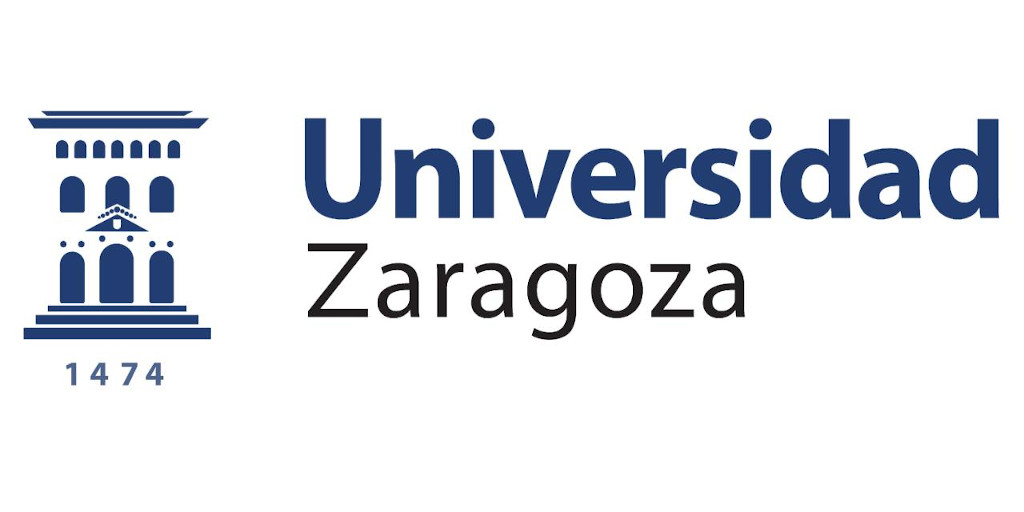

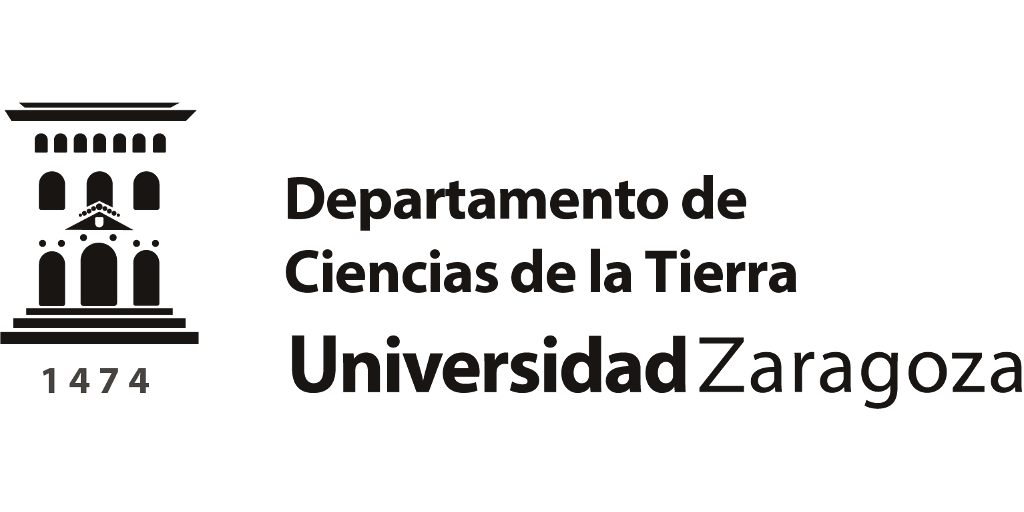
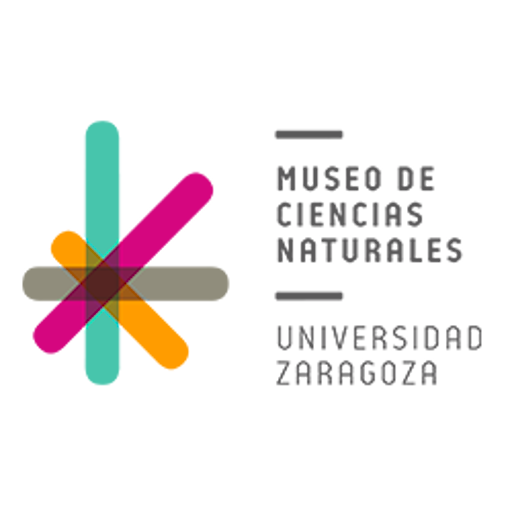
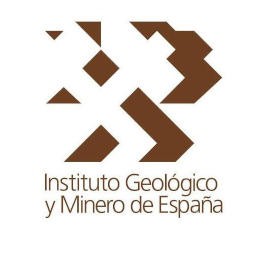
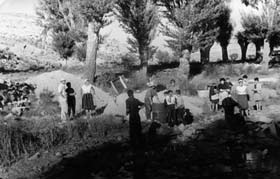
 Description:
Description:














